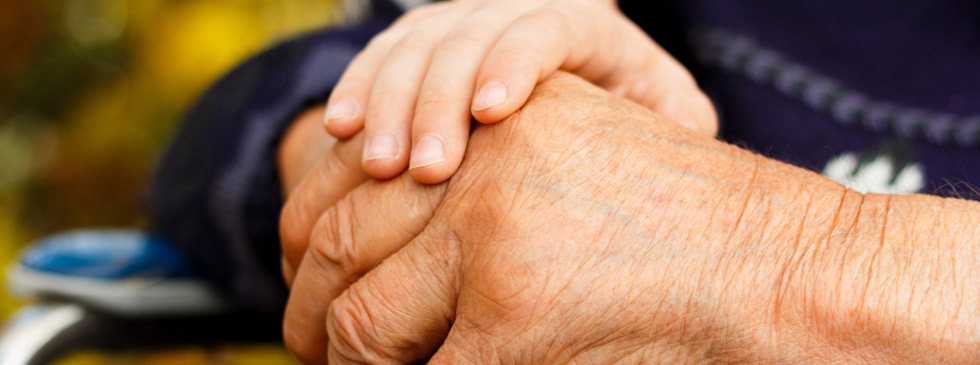Happy New Year!
With New Years just barely behind us, we are used to the customs in the United States like the dropping of the ball in Times Square, champagne toasts, a kiss at midnight, New Year’s Day parade, etc. But, it is also fun to learn about New Years customs in other parts of the world!
New Years France
The French typically celebrate New Year’s with a feast and a champagne toast, marking the first moments of New Year’s Day with kisses under the mistletoe, which most other cultures associate with Christmas celebrations. The French also consider the day’s weather as a forecast for the upcoming year’s harvest, taking into account aspects like wind direction to predict the fruitfulness of crops and fishing.
New Years Philippines
In the Philippines, celebrations are very loud, believing that the noise will scare away evil beings. There is often a midnight feast featuring twelve different round fruits to symbolize good luck for the twelve months of the year. Other traditional foods include sticky rice and noodles, but not chicken or fish because these animals are food foragers, which can be seen as bad luck for the next year’s food supply.
Greece
Greeks celebrate New Year’s Day with card games and feasting. At midnight, the lights are turned off, followed by the Basil’s Pie, which contains a coin. Whoever gets the piece of pie containing the coin wins luck for the next year.
New Years Soviet Union
The Soviet Union’s New Year’s Day celebrations have been greatly affected by the Union’s history. As religion was suppressed and Christmas celebrations were banned, New Year’s, or Novi God celebrations often include Christmas traditions such as decorated trees, which were reconsidered as New Year Fir Trees. As the suppression left, these traditions stayed part of the New Year’s Day celebration. The holiday is also celebrated with feasts, champagne, and wishes.
New Years Spain
Spaniards celebrate New Year’s Day with the custom of eating twelve grapes, each eaten at a clock-stroke at midnight.
Cold-water plunges
In colder countries close to water, such as Canada, parts of the United States, the United Kingdom, and the Netherlands, it is customary to organize cold-water plunges. These plunges and races, sometimes called a Polar Bear Plunge, often raise money for charity or awareness for a cause.
For thousands of years, New Year’s has been a festival of rebirth and reflection, allowing people all over the world to celebrate another great year.
New Year’s Song
The song, “Auld Lang Syne,” is sung at the stroke of midnight in almost every English-speaking country in the world to bring in the new year. At least partially written by Robert Burns in the 1700’s, it was first published in 1796 after Burns’ death. Early variations of the song were sung prior to 1700 and inspired Burns to produce the modern rendition. An old Scottish tune, “Auld Lang Syne” literally means “old long ago,” or simply, “the good old days.”
We hope you enjoyed this article and are now informed a little about what the rest of the world does for New Years!
*Source: Wilstar.com

